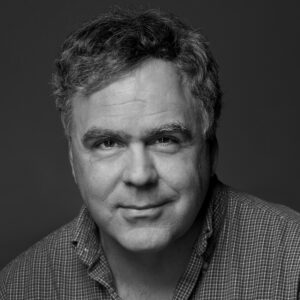At 93, Joy Hakim is Still in the Fight for Better Children’s Textbooks
The ‘Grandmother from Virginia’ has devoted fans, from kids to leading historians, but worries she hasn’t changed the industry.
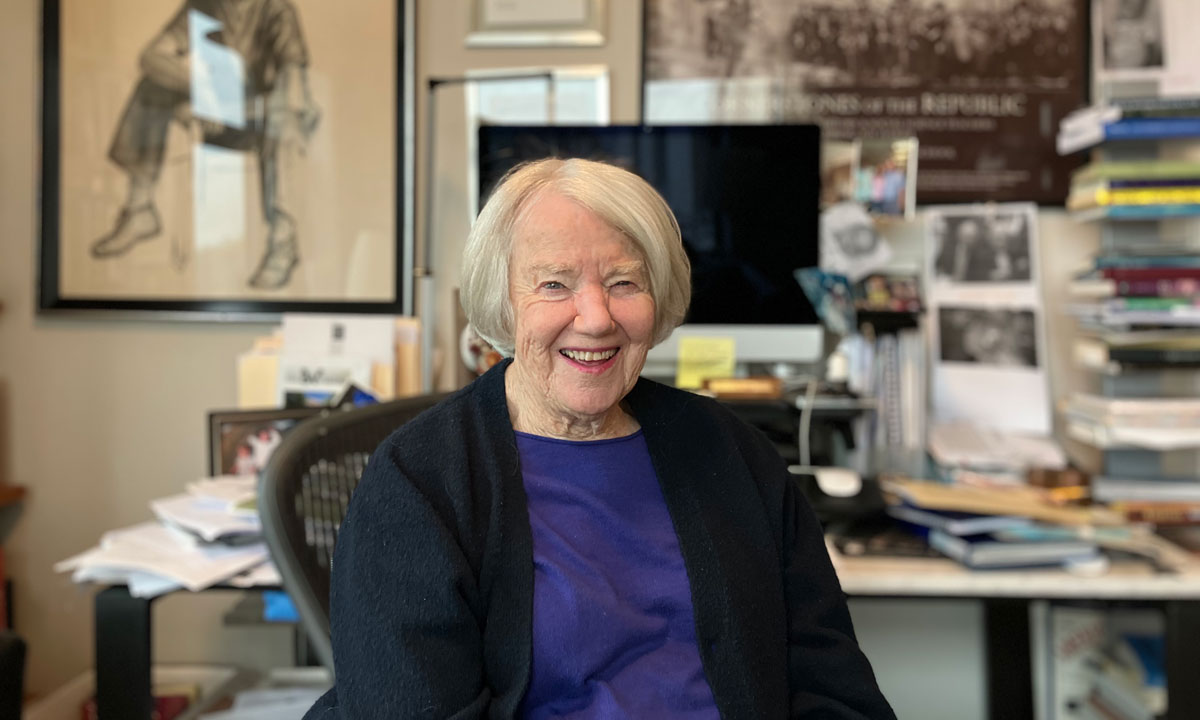
Get stories like this delivered straight to your inbox. Sign up for The 74 Newsletter
Bethesda, Maryland
As a small illustration of her long, idiosyncratic writing career, Joy Hakim likes to tell the story of a chance encounter in an Oakland elevator.
On the way down after a speaking engagement, a woman handed her a slip of paper — it contained the phone number of her son’s private school. He and his classmates, she said, could really benefit from their school swapping out its traditional history textbooks for a set of Hakim’s.
Asked who she was, the woman admitted that she was a representative of one of the big publishing houses.
“I was appalled,” Hakim remembered. “But this is an industry where almost no one believes the books educate well — and scores prove that.”
Hakim doesn’t know if the school ever switched over. But the episode underscores her uncomfortable place in an industry that has never quite embraced her. By turns raw, thrilling and eye-opening, her writing offers young people a look at history that they rarely get between the covers of mass-produced textbooks.
Her most well-known work, a 10-volume history of the United States that began appearing in the early 1990s, remains in print. And at age 93, she’s still in the fight: Her newest series on biology debuted in September, continuing her tradition of wrestling with complicated ideas and difficult historical and scientific questions.
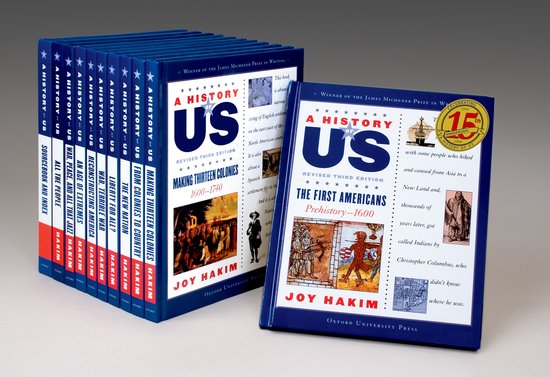
But even after three decades, she remains unsure that she’s made much of an impact as textbooks with bigger promotional budgets enjoy much wider readerships.
That view is belied by her legions of admirers. Praised by leading historians like David McCullough and James McPherson, she also may be the only textbook author to reliably receive fan mail. At one of her kids’ houses sit cases of letters, testament to the gratitude of two generations of readers.
Natalie Wexler, podcaster and author of The Knowledge Gap, who has championed deep subject matter knowledge in all areas of study, called Hakim “a force of nature.”
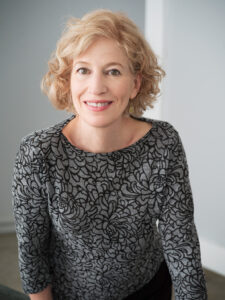
“Most textbooks are either extremely dry or so encyclopedic in their attempts to cover the universe of topics that they’re highly superficial and therefore boring,” Wexler said. “Joy Hakim understands how to use the power of narrative to bring topics in history and science to life.”
Wexler predicted that if more schools adopted Hakim’s titles, reading scores would jump because her work offers both the knowledge and vocabulary kids need to succeed on tests.
And as the nation grows increasingly polarized about history, Hakim’s work eschews easy categorization. It is championed by liberals for not glossing over our dark past — and by conservatives for offering rigorous, challenging texts and sophisticated arguments.
Robert Pondiscio, a senior fellow at the right-leaning American Enterprise Institute and a former New York City teacher, said Hakim’s history series “had a place of honor in my fifth-grade classroom and deserves a place of privilege in every school. It’s beyond her power to reverse the long-running decline in history and civics achievement in American education, but she’s done her part to make real history accessible and interesting to those who seek it out, or who are engaged by it.”
Hakim’s books, he said, offer an important antidote to those that aim to trick kids into learning a little history via historical fiction or lightweight, fantasy-driven fare. “Hakim is winningly anachronistic by comparison: She takes history — and more pertinently her young readers — seriously.”
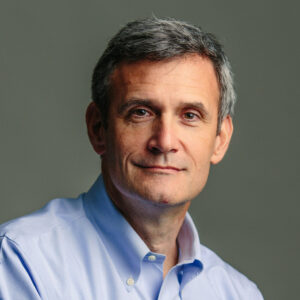
But she has often had to fight simply to be heard by school districts under adoption systems she sees as backwards. Teachers and students are hungering for good books, Hakim said, yet the adopted titles often stem from publishers’ long-standing relationships with state education bureaucrats, whom they lobby furiously.
“I don’t think that they sell whether they’re good or crappy,” she said. “They sell because of this massive promotional effort that goes into them.”
‘I sat down and I started writing’
Hakim’s career as a writer for young people began simply, on a long car drive.
A one-time teacher and journalist — she taught in Baltimore for a spell and was both a business and editorial writer for The Virginian-Pilot, Norfolk’s daily newspaper — by the 1980s, she was freelancing in Virginia Beach and raising three kids with her husband, a grain importer. She happened upon a notice for a hearing in Richmond, the capital, by a board looking for ways to improve school textbooks. At that pre-Internet time, it was a topic that aroused national attention. Hakim (pronounced HAKE-im) decided to check it out.
She expected to hear testimony from writers and editors. Instead, the publishers sent salespeople, who in her view stonewalled the proceedings by rhapsodizing about how beautifully designed and illustrated the books were.
“The whole thing was just a hoax,” she recalled. “The publishing industry was not serious about doing anything.”
Steaming, Hakim climbed back into her car and began the two-hour drive home. At some point, she thought to herself: Why not write her own history book?
“I sat down and I started writing,” she said.
Hakim didn’t stop for seven years, telling vivid personal stories of America’s founders, pioneers and others.
As she conceived it, the book aimed for a fifth-grade audience. To get direct feedback, she tapped a small group of 10-year-olds in her neighborhood, offering five dollars apiece to critique her manuscript. Hakim instructed the readers — mostly boys — to scrawl one of three reactions in the margins: G for Good, B for Boring and NC for Not Clear.
Next, she invited classroom teachers to use the manuscripts in exchange for feedback.
That one book ultimately became a 10-volume manuscript called “A History of US”.
The books covered much of what she’d decided was important in American history — as she told one interviewer, from “people coming over the Bering Strait” to Bill Clinton’s inauguration.
And they offered children a thrilling narrative. In a chapter on Columbus’ voyages, she wrote that after surviving the treacherous waters of the Sargasso Sea, the explorer’s men wanted to turn back: “The sea seems endless. On October 9 they say they will go no farther. Columbus pleads for three more days of sailing. Then, he says, if they don’t see land they may cut off his head and sail home in peace.”
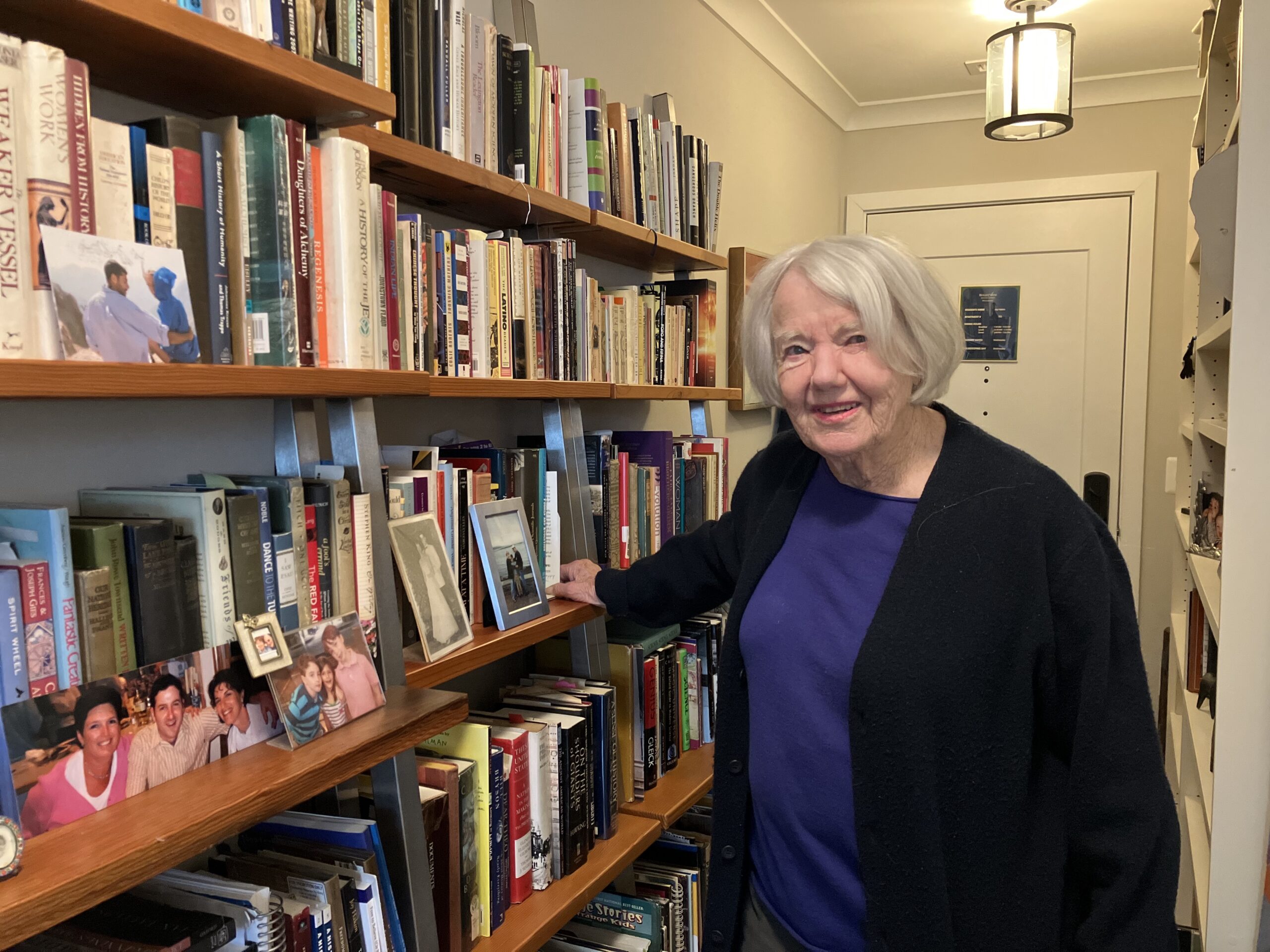
But for all the books’ originality, Hakim lacked a publisher. Eventually she met a literary agent who successfully garnered the attention of Oxford University Press.
The New York Times, in a review titled, “Showing Children the Dark Side,” said Hakim “frees children from the grasp of hoary American myth nurtured by novelists and historians; without sermonizing, she allows them to glimpse the horrific underside of the once magical word ‘frontier.'”
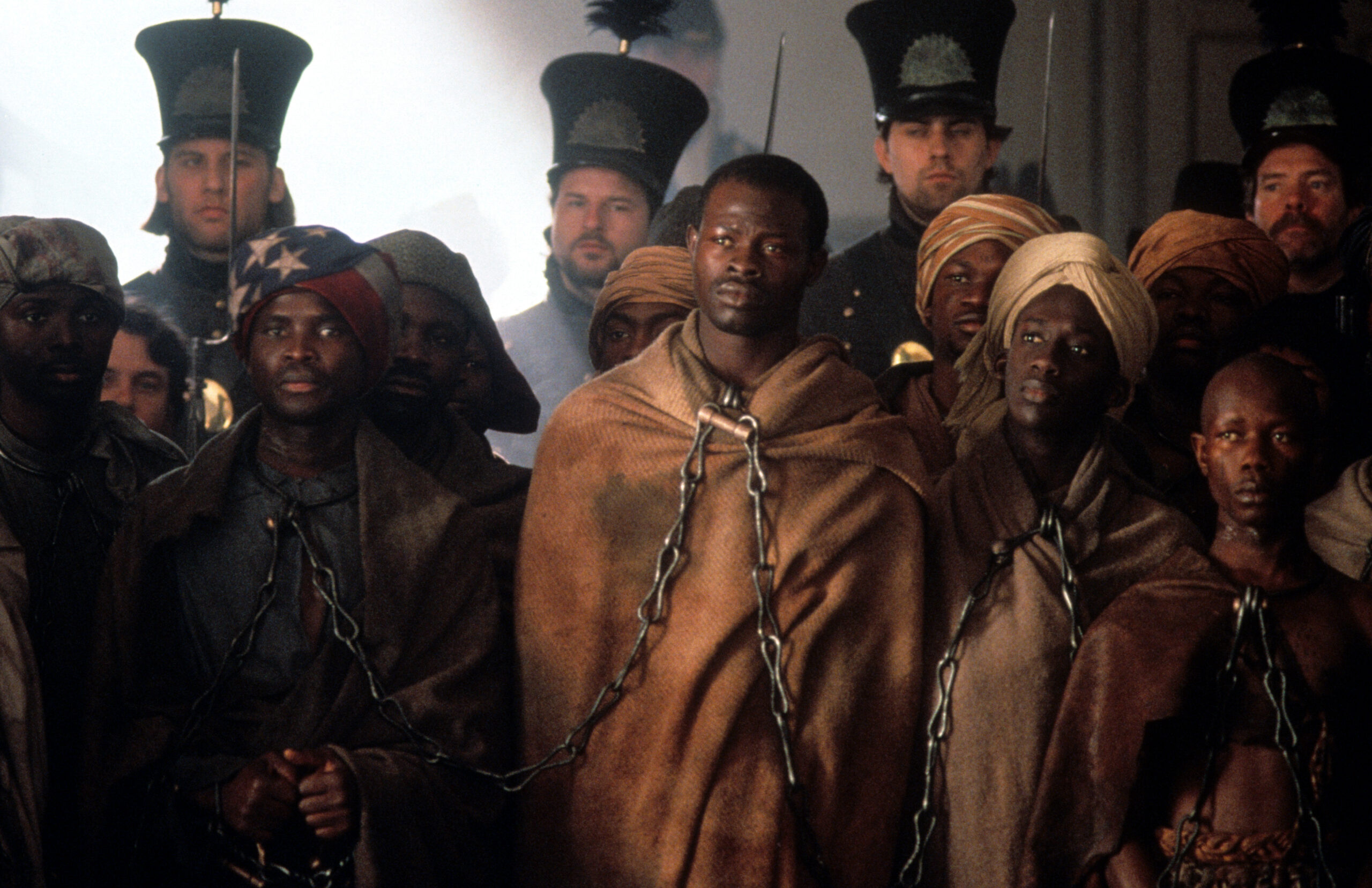
Hakim, for instance, was among the first writers for young people to address the 1839 Amistad rebellion, devoting an entire chapter to the slave uprising four years before the incident rose to prominence with the Steven Spielberg film.
Historian David McCullough called the series “a big breath of fresh air and the best possible news for the youngsters who get to read these books.”
Princeton University historian James McPherson said he was “impressed by the accuracy and the depth of her research,” telling one reviewer that Hakim’s books represented women and minorities in ways others hadn’t.
‘I have done something that’s quite different’
Like many authors, Hakim felt Oxford did little to publicize the series, leaving her to do much of the promotion herself. But in 1993, a family friend opened a key door: The composer BJ Leiderman, a long-ago classmate of one of her children, was by then writing earworm-worthy theme songs for National Public Radio. He suggested to colleagues that they feature her, and soon Hakim found herself in front of a microphone at the network’s Norfolk affiliate. The result was a lengthy “Morning Edition” segment that helped introduce her to the world.
In the interview, she told host Bob Edwards, “The history books that are out there, most of them are committee-written, and committees can’t write. Committees have to be bland. So, I am doing something … that’s quite different.”
Looking back on the reception she got in 1993, Leiderman said Hakim was “progressive in the best sense of the word, searching out all different areas” to study.
All the same, he recalled, selling the books — sometimes on her own — struck him as a long, tough slog reminiscent of veteran rock stars playing small clubs to keep their music alive.
Despite the struggle — or perhaps because of it — “A History of US” soon became one of Oxford’s rock-solid titles, selling hundreds of thousands of copies, said Damon Zucca, the publisher’s director of content development and reference. The series has also received “the most fan mail from kids, parents, and teachers, who have been sending ardent missives about these books to Joy and to us for nearly thirty years now.”
But keeping them in classrooms has been a battle. Hakim recalled visiting Oakland schools a year after the district adopted her books, curious how they were being used. She couldn’t find them anywhere. “They’d all been replaced,” she said. A few teachers told her they’d saved their copies and were literally hiding them in closets to keep administrators in the dark.
At one point, Hakim even sued after textbook giant Houghton Mifflin purchased the books’ distributor, D.C. Heath. Fearing it was a bid to bury the titles, she pursued an antitrust violation. Civics-geek alert: The case eventually landed before the federal bench of Judge Sonia Sotomayor, who 14 years later would rise to the U.S. Supreme Court.
Hakim eventually got the books out from under the big publisher’s purview. Now Houghton Mifflin Harcourt, it didn’t respond to a request for comment.
Eventually, “A History of US” gave rise to a companion PBS series with all-star voice talent including Morgan Freeman, Julia Roberts and Robert Redford. But by then Hakim was on to something new: a three-book series about the history of science, from Aristotle to Einstein.
Then as now, Hakim’s most fervent buyers are often private school teachers and homeschooling parents who are free to use materials that appeal to them. She also holds a kind of magnetic appeal to cultural conservatives like Lynne Cheney who have derided public school readings they view as mushy and politically correct.
Yet conservatives have also protested Hakim’s books. In one case, Texas parents organized a letter-writing campaign, telling state officials that the books were unpatriotic.
They’ve been banned at least twice, as far as Hakim knows — once quite recently after a parent complained that they were too liberal. She jokes that the honor puts her in good company.
Asked how she’d categorize herself, Hakim doesn’t hesitate. “I’m just a teacher,“ she said. “My books talk. I’m in a conversation with these kids and I respect their intelligence — and they understand that.”
‘This is a tough chapter’
Ask about her workflow and Hakim will tell you that she is blessed with — or cursed by — a journalist’s penchant for accuracy, which often prolongs her creative process. In the case of the science books, she finished the last one — on Albert Einstein’s theory of relativity and the origins of quantum mechanics — and her new publisher had submitted it for peer review, when she received an unsolicited email from an unfamiliar name with an mit.edu address.
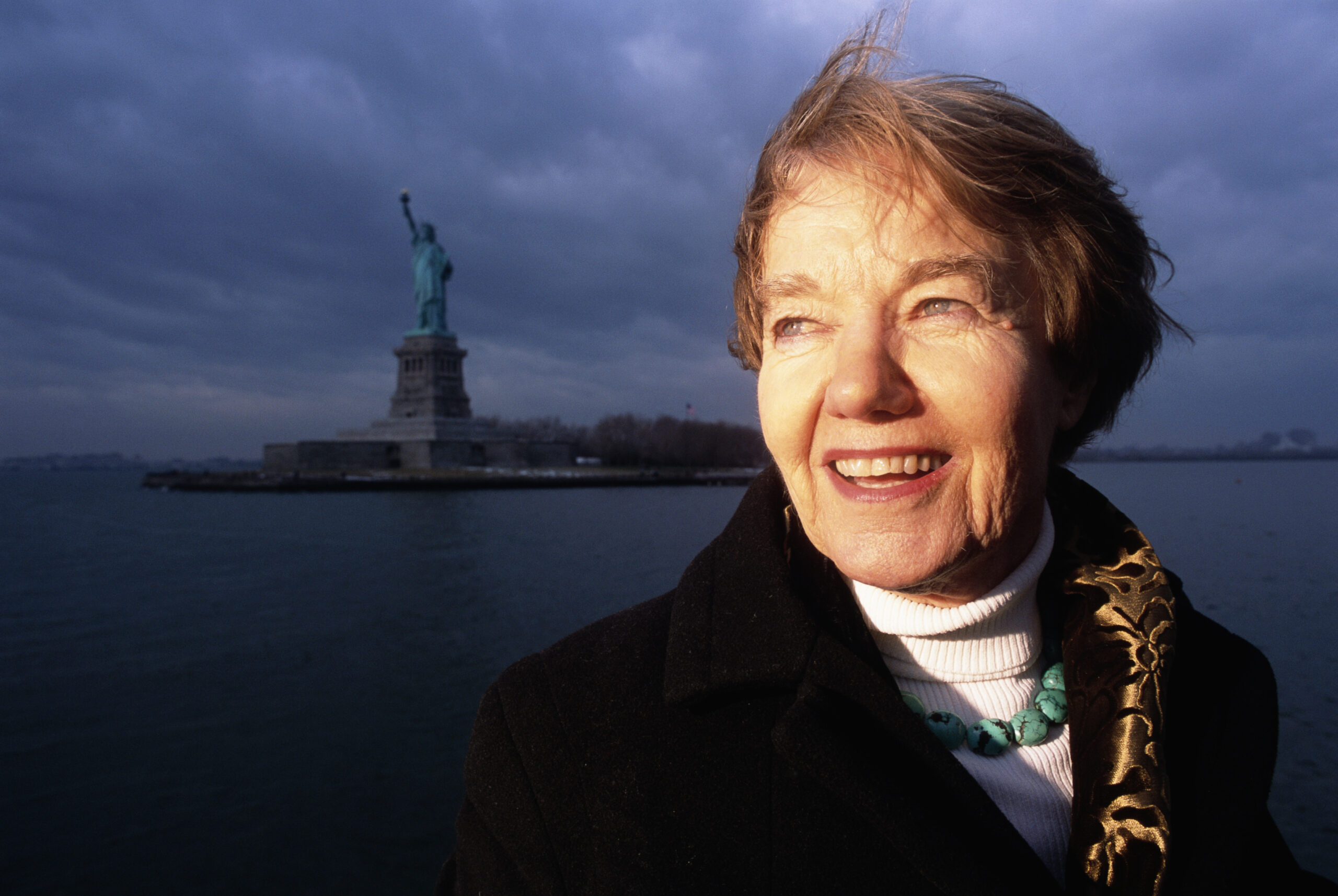
It was from renowned physics professor Edwin Taylor, also editor of the American Journal of Physics. He’d read a piece in TIME magazine about her plan to write about Einstein and offered to read the manuscript.
Hakim sent him the first four chapters. A few days later, Taylor wrote back asking if someone had actually reviewed them.
He and Hakim met a few times and, in Taylor’s words, “got to know — and respect — each other.” In all, they spent the next year-and-a-half revising the book, to the chagrin of Smithsonian Books. “They were not happy with me,” Hakim recalled. “But I’m so happy that I did it.”
In the book’s introduction, Hakim wrote of the “private tutorial with one of the greatest physics teachers this country has produced,” adding, “Sometimes my head hurt with all the stretching.”
The book won several best-of-the-year awards, which she credits largely to Taylor’s influence. For his part, Taylor told The 74 that Hakim “made great contributions to high school science teaching” and deserves wider recognition.
As with the history series, the science books found a devoted audience as Hakim challenged young readers to grasp hard topics and complex ideas. In a chapter explaining Galileo’s writings on relativity, Hakim urged them to “catch your breath, relax and be prepared to stretch your mind.”
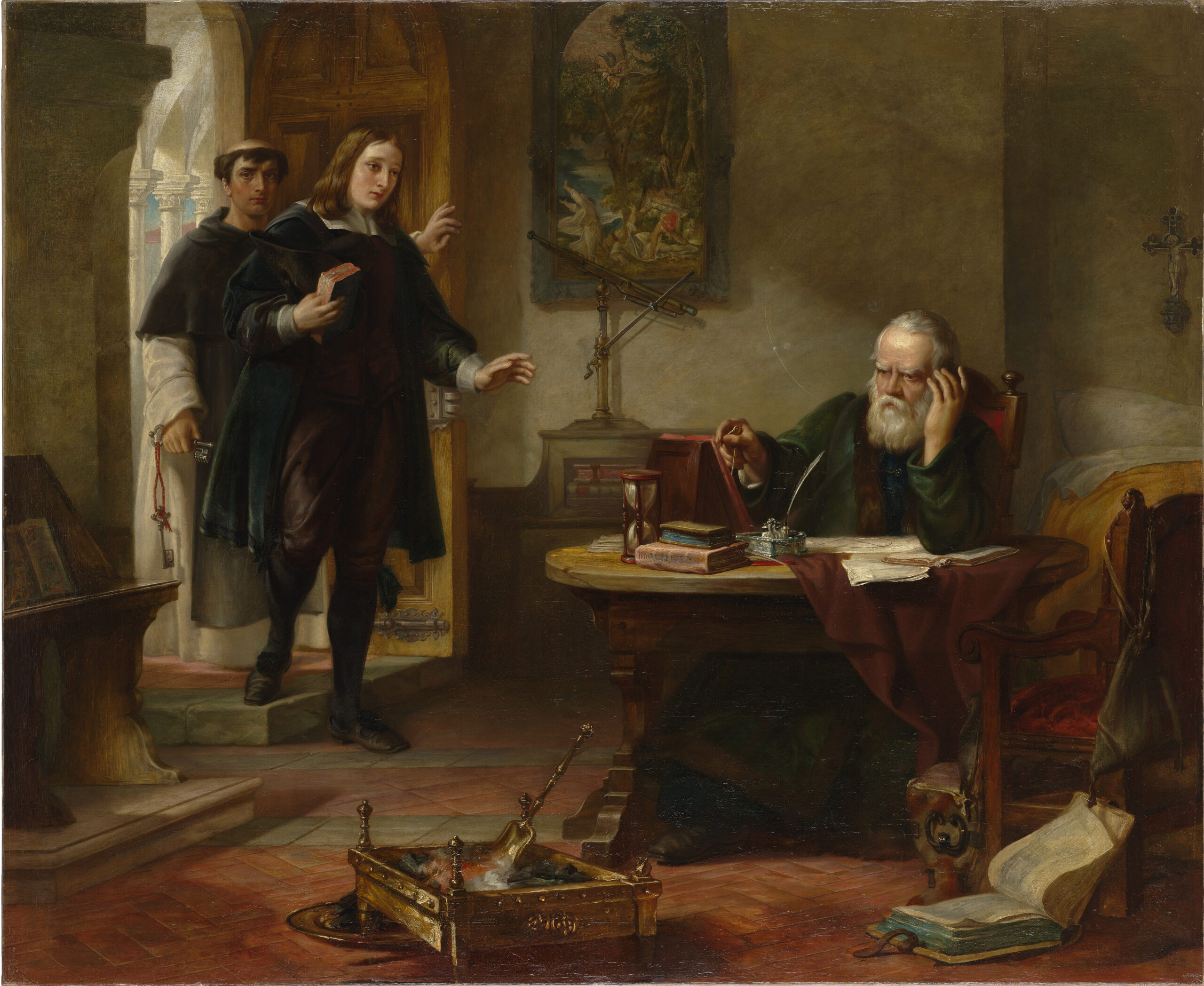
In the chapter, she described how an observer on shore, watching a ball fall from the mast of a moving ship, sees it move in an arc, while an observer on deck sees it travel in a straight line. Acknowledging that the idea seemed outlandish, she warned: “This is a tough chapter; stick with it; the ideas here are important.”
Indeed, when journalist and scholar Alexander Stille set out to capture the essence of Hakim’s history books in 1998, he concluded, “Instead of talking down to children in simplified language, her books invite children to make an effort.” He marveled that “a grandmother from Virginia” could produce books superior to those of most publishing houses.
‘The world has changed’
Now, nearly 20 years after the science texts first appeared, Hakim is out with a new series for teens about the history of biology.
Kirkus Reviews gave the first volume a coveted starred review, calling it “thoroughly engrossing and highly recommended.”
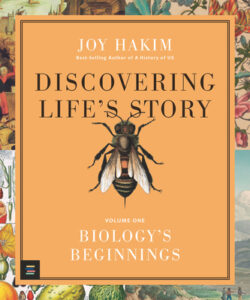
The second book is due out in April, part of a planned four-volume series. Published by MITeen Press, the last two books won’t appear until 2025 and 2026 respectively, but Hakim jokes that at her age she may not live to see it in readers’ hands.
She has asked her publisher to pick up the pace.
At the same time, she remains unsatisfied about her previous work: Three decades after “A History of US” began appearing on shelves, Hakim says the series could use a refresh.
“I wrote it 30 years ago, so some of it is really dated,” she said with a self-conscious laugh. For one thing, she wants to recast the role of women, a topic she didn’t adequately address in the 1990s, mostly due to her own blind spot. An avowed feminist, she now sees she didn’t step back enough and appreciate the importance of the women’s movement.
“Thirty years ago, we were different people than we are today,” she said. “The world has changed.”
Yet, oddly, little has changed in Hakim’s career. Her husband is gone and the “grandmother from Virginia” is now a great-grandmother, but she still feels like a disruptor and an outsider, angry that we don’t have “better books” in schools. After millions of words on the page and cases of fan mail, she admits that she has barely struck a blow in the nation’s larger battle with historical illiteracy.
The textbook industry that she set out to disrupt in the 1980s is still dominated by a handful of publishers — actually, consolidation has given us fewer, not more, choices. Together, they still produce what she considers bland, formulaic books that are making the nation’s reading crisis worse, not better.
“I’ve worked all these years and I’m not sure what I’ve achieved,” she concluded. “I’ve sold some books, but I haven’t changed the field.”
Get stories like these delivered straight to your inbox. Sign up for The 74 Newsletter

;)
